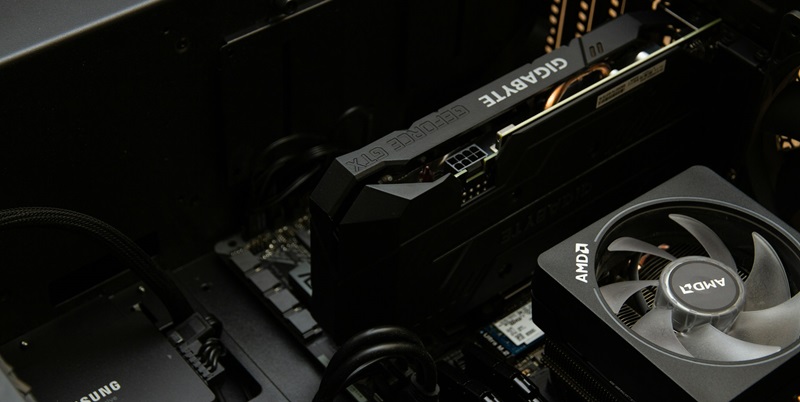Adapting to strict U.S. export rules, NVIDIA has launched its 3000 AI GPU series, tailored to meet these trade restrictions. This move reaffirms NVIDIA’s commitment to the Chinese market, which played a significant role in the company’s financial success in FY23. The U.S. ban on high-performance AI GPUs like the H100 and A100 posed a threat to NVIDIA’s influence in China’s tech industry. To counter this, NVIDIA introduced the 3000 GPU line, which includes the A30 SXM and PCIe A30, designed to comply with the new regulations. This strategy showcases NVIDIA’s agility and strategic foresight, aiming to maintain and even expand its presence in China despite geopolitical trade tensions. Through the 3000 series, NVIDIA demonstrates an inventive response to policy challenges, ensuring it remains a key player in global tech markets.
Retaining Market Share with the 3000 Series
The 3000 series comes at an opportune moment, reflecting NVIDIA’s knack for adapting to geopolitical shifts that directly impact its operations. Positioned to be a formidable contender against Huawei’s own Ascend 910B AI accelerator, the 3000 series’ pricing strategy is aggressive, offering customers a powerful GPU range between $12,000 to $15,000—as opposed to Huawei’s higher price tag of around $16,000—despite the 3000 series falling short in performance when compared to NVIDIA’s premium H100 product line. It’s clear that NVIDIA’s strategy revolves around balancing competitive pricing with robust performance features such as a 96 GB memory capacity, a maximum throughput of 4.0 Tb/s, 296 TFLOPs of compute power, and a commendable 400W TDP.
Developed from the efficiency-driven GA100 die, the 3000 AI GPU series remains a noteworthy achievement. It boasts a 900 GB/s NVLINK and supports the innovative 7-Way Multi-Instance GPU (MIG) capability, aimed at optimizing resource allocation and ensuring that the GPUs punch above their weight within their energy profile. The calculated unveiling of the 3000 GPUs suggests a deliberate focus on leveraging technical prowess to secure NVIDIA’s influence within the competitive landscape of AI and machine-learning innovation. It’s a testament to the company’s commitment to delivering cutting-edge products in crucial international markets, with China being a primary example.
Navigating Through Competition and Regulations
Entering the Chinese market with the 3000 GPU line entails confronting not just policy-induced limitations but also substantial competition from native tech giant Huawei. Despite this, the intricacies of the 3000 AI GPU prove that NVIDIA is geared towards maintaining a substantial presence within the high-stakes arena of AI processing and machine-learning applications. Its willingness to adapt to complex export laws by engineering compliant products underscores a broader strategic objective: to remain a key player globally, particularly where technological advancements are concerned. In the intricate dance of business, regulations, and competition, NVIDIA’s launch of the 3000 AI GPUs is a critical step towards sustaining momentum and brand strength in one of the world’s largest markets for technological innovation and application.

